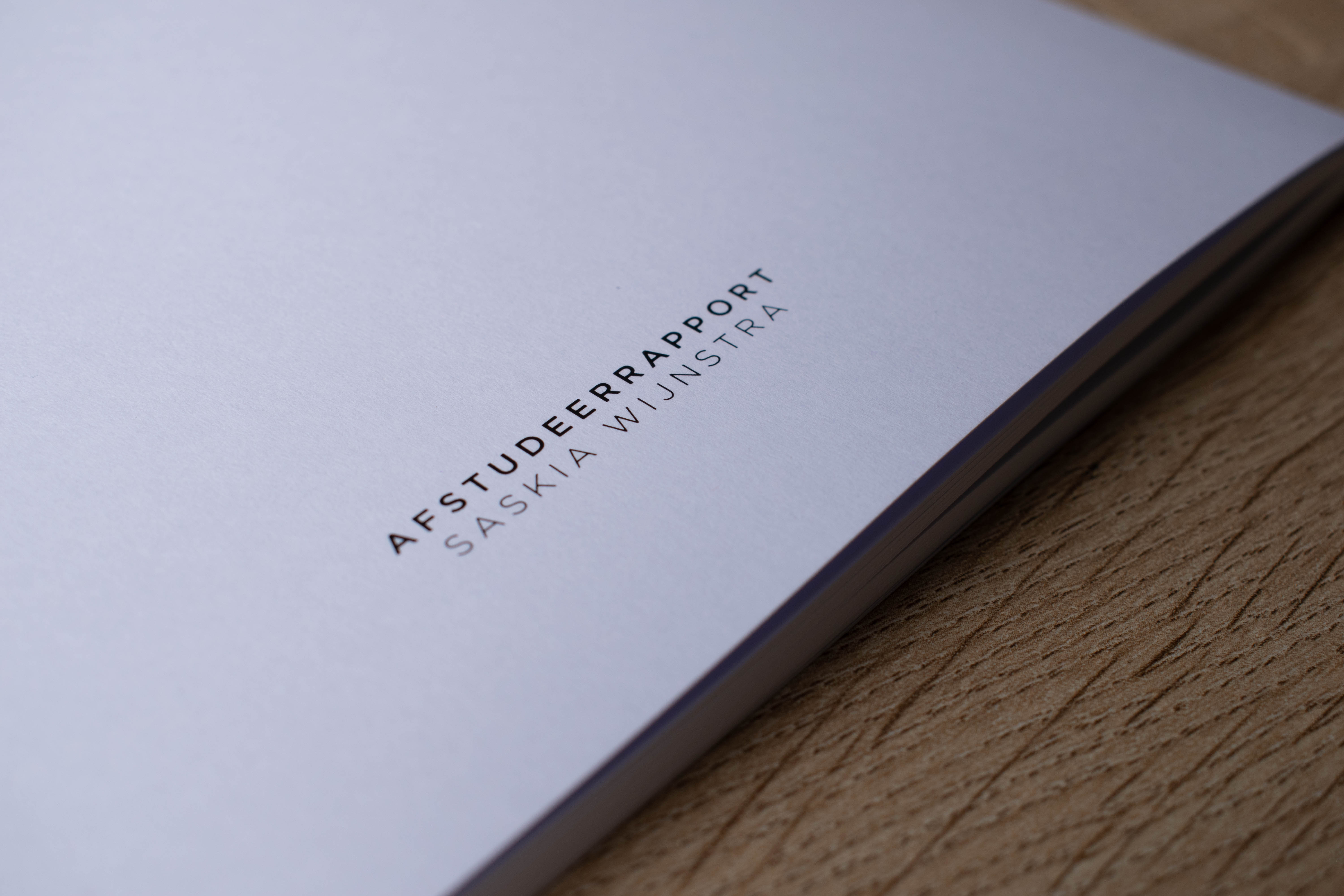
Date:
May 2018
Client:
Hans Boodt Mannequins
Role:
AR App

For my graduation assignment of the bachelor Multimedia, Concepting and Design I worked for Hans Boodt Mannequins on behalf of Snakeware. Snakeware is a Digital Agency from Sneek and a client of them is Hans Boodt Mannequins (HBM).
Hans Boodt Mannequins designs, produces and sells contemporary, powerful display figures or mannequins.
HBM customers are largely brand-conscious retailers or visual merchandisers. For them it is often difficult to imagine what the mannequin will look like in real life. Creating and producing mannequins is an expensive and time-consuming task. As a client and as a customer you want to prevent that it will cost extra time and money. You want to minimize the risk of bad shopping. It is therefore important that the customer has as good view of the mannequin in order to avoid the difference with reality. To solve this problem, HBM started a conversation with Snakeware. They have come up with the idea of an Augmented Reality (AR) app. Virtual images, in this case the mannequins, are added to reality. During this graduation assignment the prototype has been realized. In this graduation assignment the following question is answered:
“In what way can Augmented Reality contribute to a more efficient assessment of mannequins using a digital interactive product?”
Customers weigh the benefits and sacrifices of a product against each other. The trick is to maximize the benefits and make the sacrifice as small as possible, that the customer sees a great customer value of the product. In many
situations the sacrifices are decisive in the customer's choice process. The choice must therefore be made as simple as possible for the user.
Mistakes are often made during the decision-making process, the customer would have wanted to make a different choice afterwards. Therefore, the design must ensure that the customer can make as few mistakes as possible. What can
also help with this is to provide the customer with sufficient information about the product, that a good choice can be made.
The fashion industry is developing at lightning speed. One of the latest trends is large font combined with small font. You can also dare with colors. Bright colors are used and gradients are in. In the fashion industry, much more
minimalist design is also applied.
Simple streamlined design is easy to understand for the user, it looks nice and gives the designer the space to play with little content. Animations are increasingly included in the design and increase user friendliness.
The user must be able to orient himself well in AR. He always has to be able to "see" something and the scale of the design must be clear. It must be taken into account that the design remains intuitive and is familiar.
Augmented Reality is a fairly new technique, for which not many design guidelines have yet been drawn up. What is important is that we look at the 'real world'. We are used to seeing this and if the design responds the 'real world', it becomes easier to understand for the user. Instructions and instructions can help with this. If the design contains 360 degrees and depth, it looks more like the 'real world' and the Augmented Reality experience is experienced as real and comfortable.
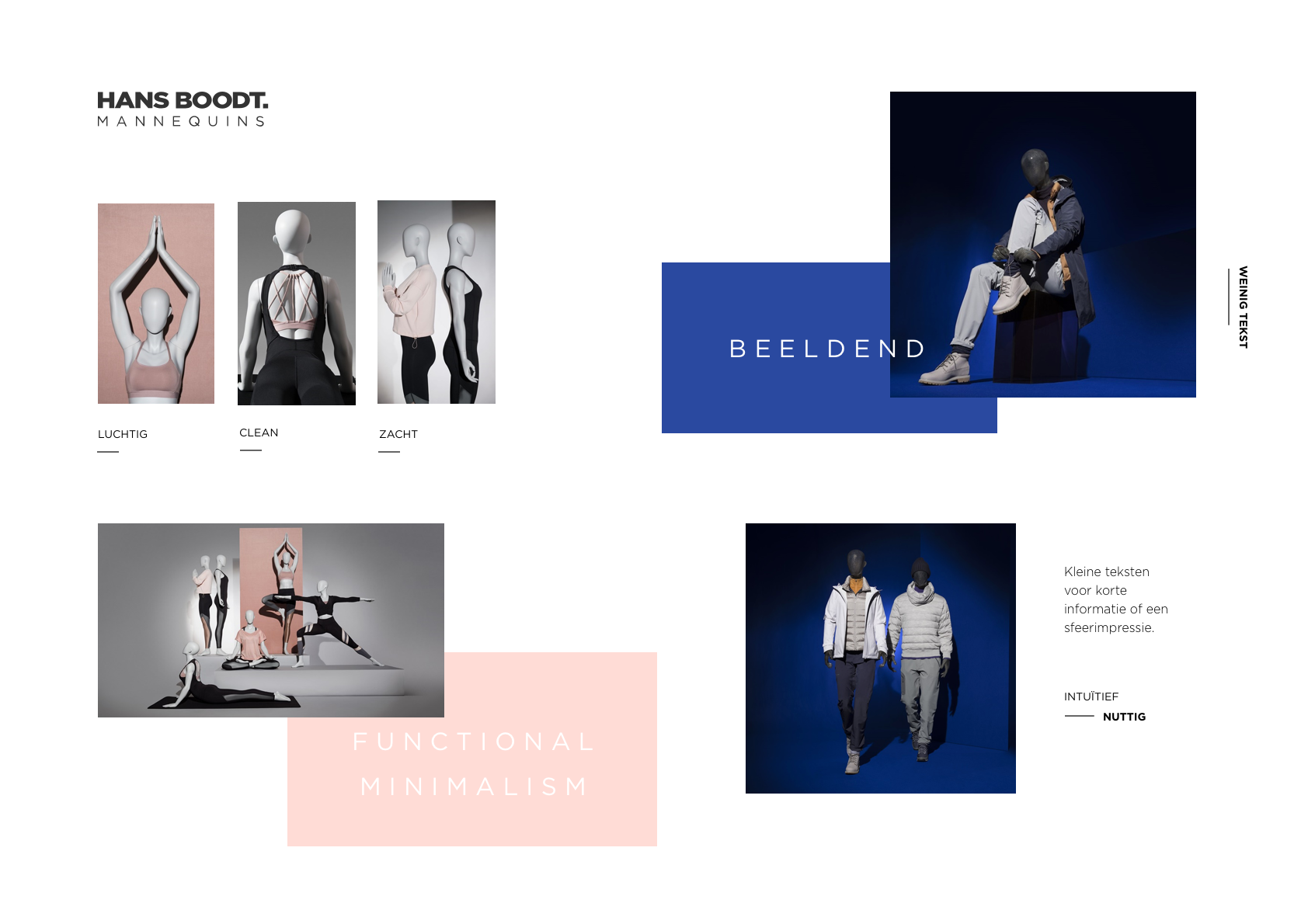
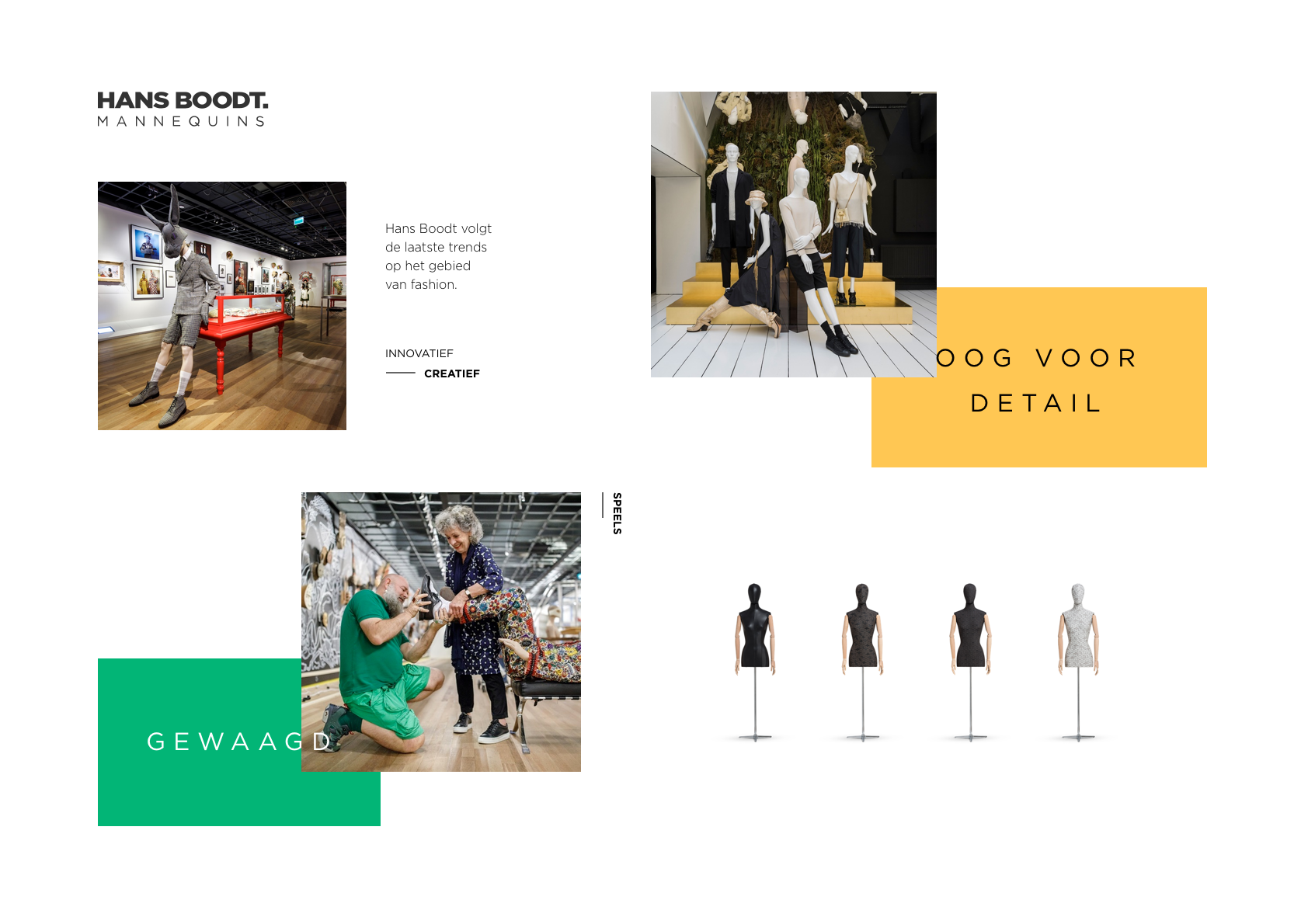
Moodboards

With the Hans Boodt Mannequins Augmented Reality app you can view all collections, you can do a quick quiz making your choice easier or scan a mannequin from the catalog. If you have a custom made mannequin, you can also view and
approve the design in the app. All mannequins can be shown in 3D and AR. In the 3D / AR environment you can view and place the mannequin in the room as you wish. Here are several options including viewing information or changing
the color of the mannequin.
Various methods have been used to make the prototype. First there are moodboards created for the design to form an image. Then an interaction model has been made that shows which way the customer will walk with and without the
Augmented Reality app. A task-analysis is made of design conditions, brainstorming, interviews and surveys. Here you can see which functions must be included in the app. A paper prototype has been made from the task analysis.
The paper prototype has been tested for functionalities for a rapid evaluation. In the rapid evaluation the think-aloud method was used to get the big frustrations out of the prototype. This feedback has been taken to the UX
design and taken to the UI design. To get a good overview of the app the UX design is made in a user flow. The user flow gives a nice insight into the app. After all the screens were clear, it was made clickable in ProtoPie
program. This allows you to walk through all screens and get a good view of the final app.
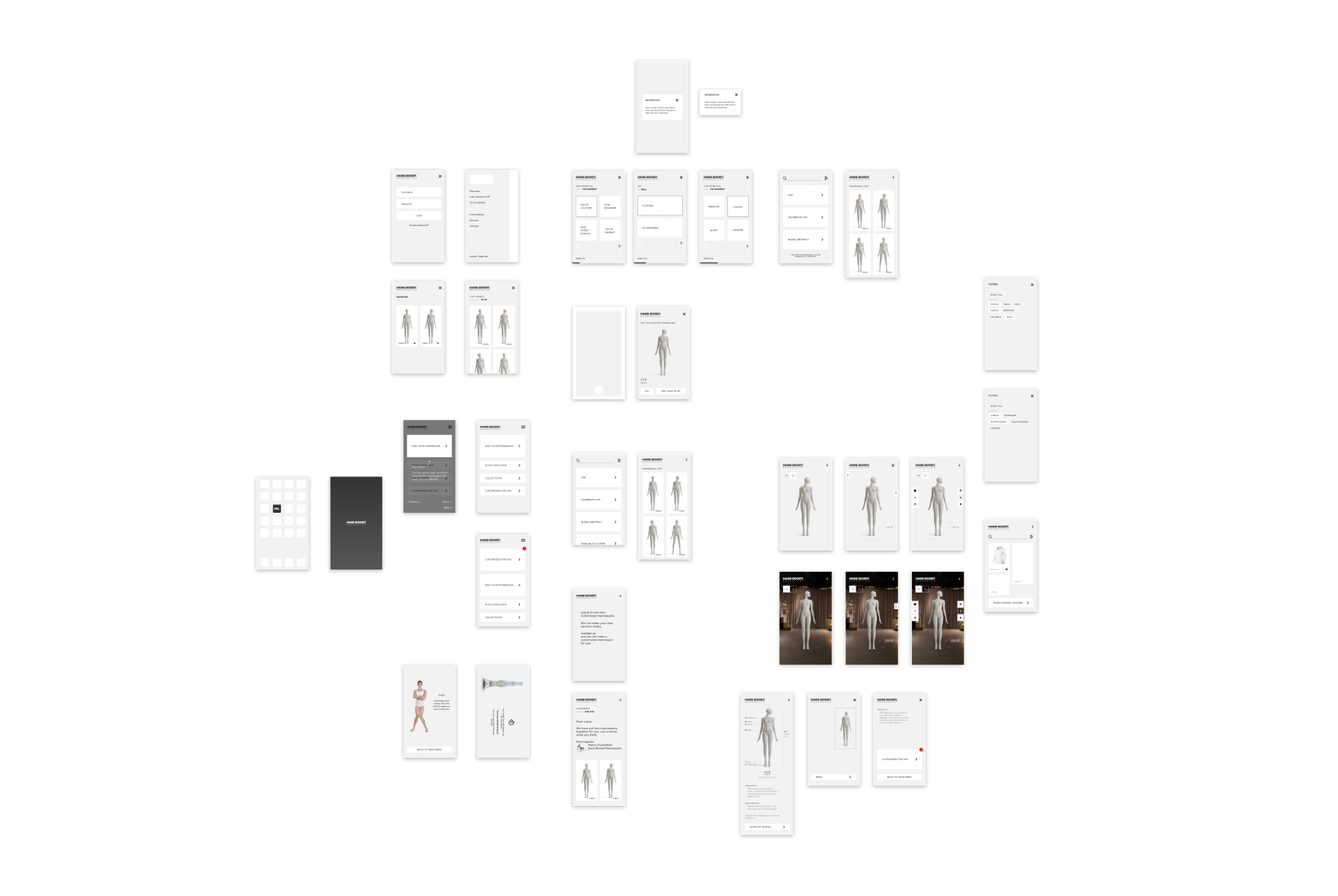
UX Design
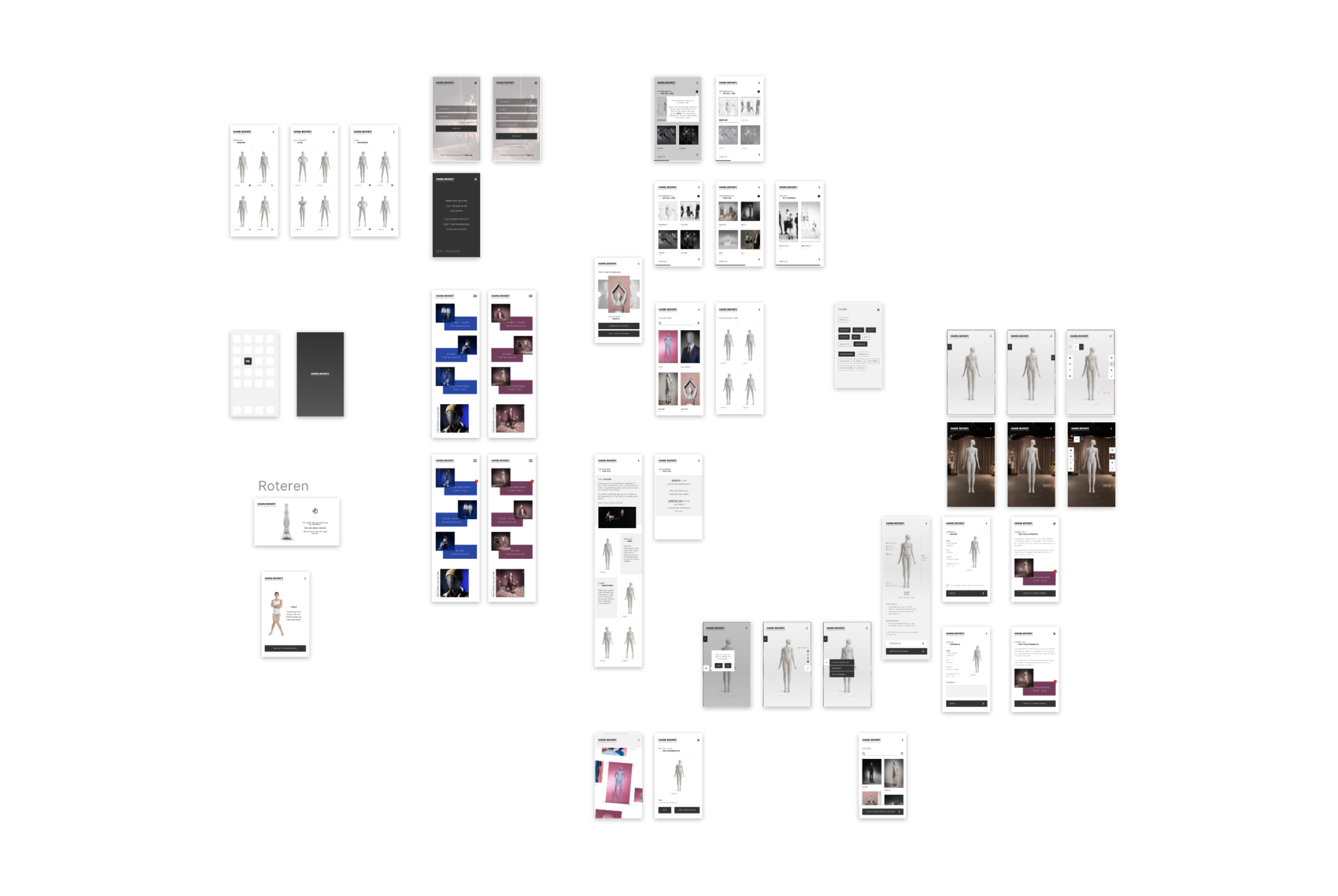
UI Design
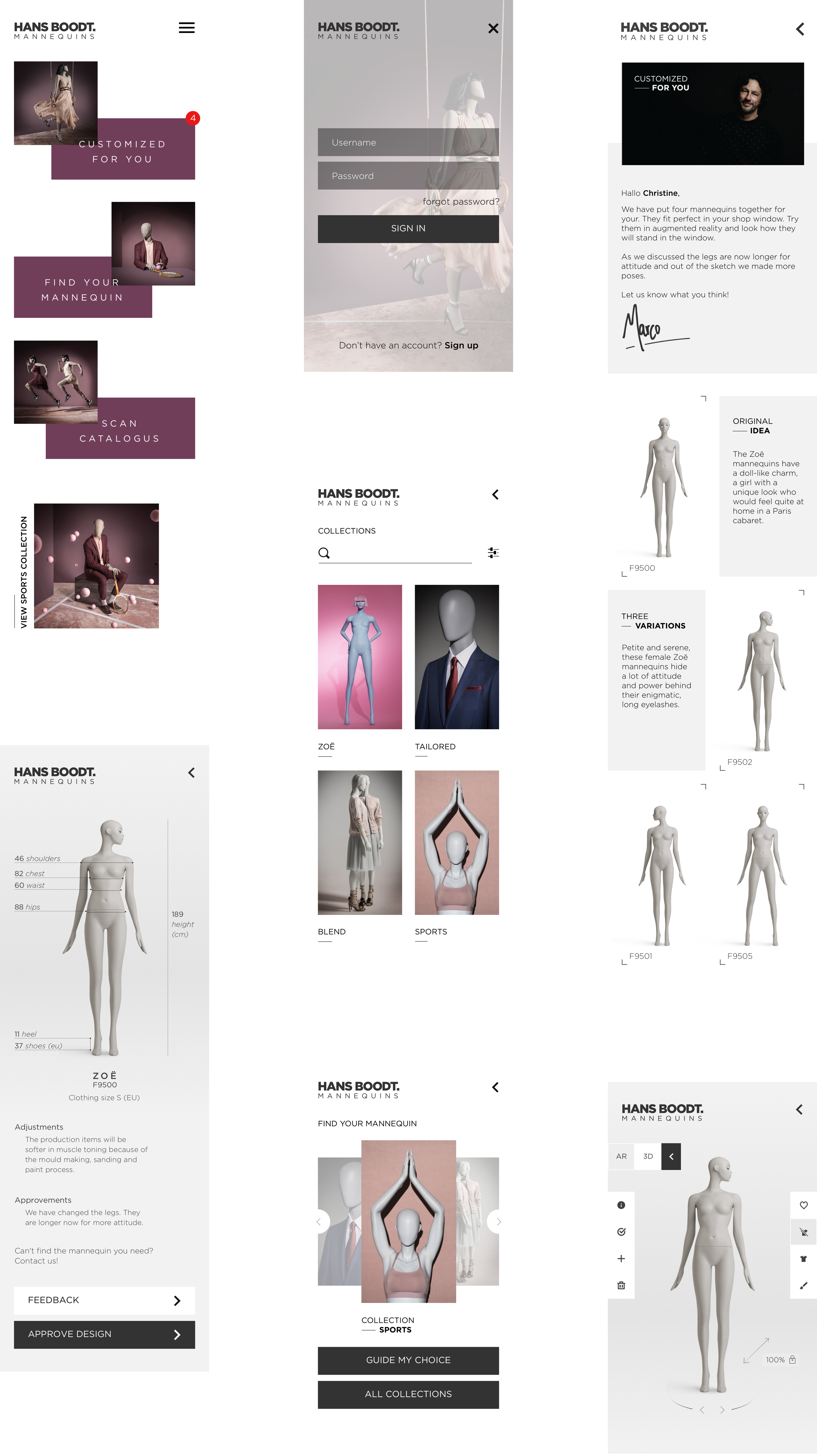
The prototype was eventually tested by means of a field trial with the think-aloud method. 11 test persons have completed assignments and then answered questions. According to the test subjects, the app was experienced as intuitive and user-friendly. There were a number of points for improvement, but in general the test persons found that they could carry out the assignments properly. Ultimately, 18 of the 22 design conditions were well incorporated in the design.
The results of the tests have shown that the prototype matches the needs of the users. The prototype can certainly contribute to a more efficient assessment of the mannequins. The Augmented Reality creates a much better image of the mannequin and therefore the customer can better judge the product.
